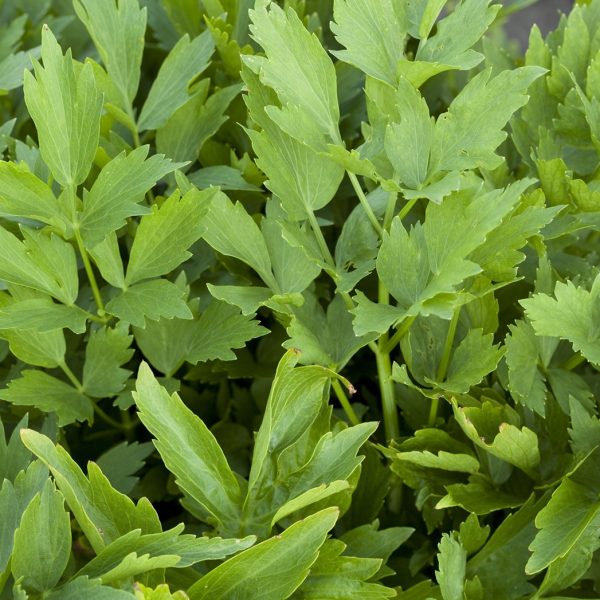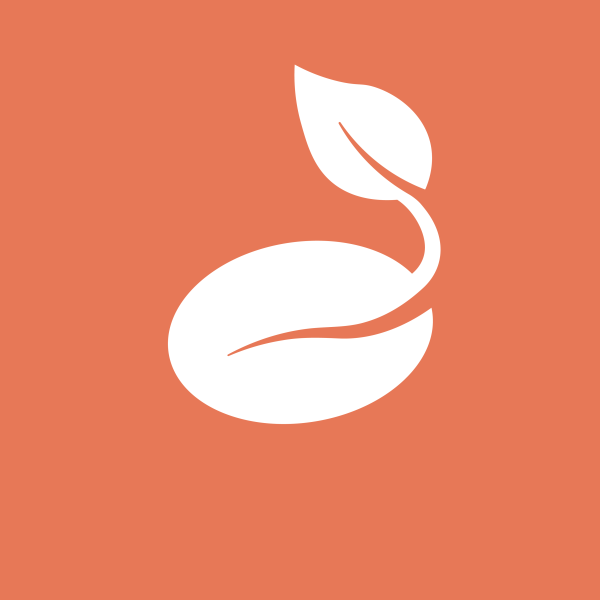-
How does it feel?
The best way to taste the qualities of limeflowers is use them (and the attached pale green leaf-like bracts) to make a strong tea, preferably in spring when the flowers are out and you can collect them fresh from the tree. You will be struck by the gentle almost incense-like fragrance, with resin-like taste that leads to a sweet, slightly acrid and weakly bitter middle taste and then a lingering floral fragrance.
Distilling these qualities we have a remedy that is gentle yet with some power.
-
What can I use it for?
Limeflowers can relax and help encourage sleep, particularly where an individual may be affected by nightmares or night sweats. It will reduce stress, anxiety and symptoms such as palpitations. It is also often classed as a herb suitable for use in the treatment of children.
Its main tradition for use in Europe has been as a tea in colds and respiratory infections where feverish symptoms are setting in. Feeling chills then hot, with a raised body temperature are all signs that the body is rolling out major defences. Rather than simply taking a paracetamol or other suppressing medication it may be better to take advantage of this response and help the fever do its job. Limeflowers tea will help steady the process, stop the temperature rising too high, induce sweating at the appropriate place in the fever cycle, and reduce irritation and other tension symptoms. You will need to take to bed or sofa for a couple of days or so but the payoff will be a stronger immune system in the face of future cold attacks.
-
Into the heart of limeflower
Limeflower calms the nerves and relaxes the blood vessels and muscles. It improves the peripheral circulation, lowers the blood pressure and encourages healthy sweating (diaphoresis) during a fever.
-
Traditional uses
Limeflowers were most often used in popular health care as a fever-managing remedy, applicable to any member of the family from the very young (even infants) to the very old. They were among the first choices across Europe for the home management of feverish colds and infections, used as a tea to flatten the temperature curve without suppressing the beneficial work of the fever in combating the infection. Limeflowers were also highly prized as home relaxants, used in much the same way chamomile tea, to calm restlessness, irritability, particularly in children and in symptoms of anxiety. It has been used as a specific remedy in Germany for influenza in children.
-
Traditional actions
Herbal actions describe therapeutic changes that occur in the body in response to taking a herb. These actions are used to express how a herb physiologically influences cells, tissues, organs or systems. Clinical observations are traditionally what have defined these actions: an increase in urine output, diuretic; improved wound healing, vulnerary; or a reduction in fever, antipyretic. These descriptors too have become a means to group herbs by their effects on the body — herbs with a nervine action have become the nervines, herbs with a bitter action are the bitters. Recognising herbs as members of these groups provides a preliminary familiarity with their mechanisms from which to then develop an understanding of their affinities and nuance and discern their clinical significance.
-
Traditional energetic actions
Herbal energetics are the descriptions Herbalists have given to plants, mushrooms, lichens, foods, and some minerals based on the direct experience of how they taste, feel, and work in the body. All traditional health systems use these principles to explain how the environment we live in and absorb, impacts our health. Find out more about traditional energetic actions in our article “An introduction to herbal energetics“.
Western energetics
-
What practitioners say
Circulation
Used in hypertension, palpitations, arteriosclerosis and any heart based condition which is exacerbated by stress or anxiety. Modern practice has also seen the potential of limeflowers in the treatment of other disorders of the circulation: varicosed veins, phlebitis, migraine and auto-immune attacks on the vessel walls, such as arteritis. It has long been used in England and France as a remedy in migraines and other headaches, cases where a ‘soothing’ effect on the vessel walls would be reinforced by a background relaxation and spasmolytic effect. The vasodilatory action will also reduce any constrictory tone in peripheral vessels.
Nervous
Used in insomnia, especially among children, for recurrent nightmares, anxiety symptoms such as palpitations, mild depression, and stress-induced migraines.
-
Research
There is no published clinical evidence for the benefits of limeflowers, but authorities like the German Kommission E and ESCOP all support the use of limeflowers in managing colds and fevers.
-
Did you know?
There has been a long popular tradition in France and other European countries to go as families to collect the limeflowers in spring and dry them for use by all the family throughout the year. Tisane de tilieul was the standard family remedy for colds, fevers and restless children.
Additional information
-
Botanical description
The limeflower or ‘linden’ tree is a large, canopy tree that can reach heights of up to 30m. It will naturally grow in pasture, gardens, woodland and meadows and is common throughout Europe, being a native across the temperate Northern Hemisphere. Its leaves are alternate, petilate ovate, with a serrate edge and sharp apex.
The parts used in teas and medicines are the creamy white flowers on long stems out of characteristic pale-green lance-shaped leaf-like bracts (a bract is part of a flower that resembles a leaf). The flowers are a creamy white and produce a sweet, light scent reflecting their taste.
Alternate botanical names:
There are around 45 species of lime tree around the world, some of which may be supplied as one of the three accepted species
-
Common names
- Linden
- Limetree
- Basswood (Eng)
- Linde (Ger)
- Tilleul (Fr)
- Tiglio (Ital)
- Tilo (Sp)
-
Safety
Limeflowers are widely accepted as very safe to use for the whole family.
-
Dosage
2-10 g per day of dried flowers by infusion (tea) or equivalent in a tincture or extract
-
Constituents
- Flavonoids herperidin, quercetin, kaempferol, astralagin
- Volatile oils (farnesol)
- Saponins
- Phenolic acids
- Condensed tannins
- Mucilage

-
Recipe
A ‘cup of love’ tea
A blend of flowers bringing you some of nature’s finest love. Drink to soothe a broken heart or feed you when you just want a sip of love.

Ingredients:
- Chamomile flower 3g
- Limeflower 2g
- Marigold (calendula) petal 2g
- Rose flower 1g
- Lavender flower 1g
- Licorice root 1g
This will serve 3 cups of love.
Method:
- Put all of the ingredients in a pot.
- Add 500ml/18fl oz freshly boiled filtered water.
- Leave to steep for 10–15 minutes, then strain and let the love flow.

Brave Heart Tea
This Brave Heart tea is a therapeutic recipe for nourishing your heart, both the physical and emotional.
Ingredients:
- Hawthorn berry 4g
- Hawthorn leaf and flower 2g
- Limeflower 2g
- Cinnamon bark 2g
- Motherwort 1g
- Saffron 5 strands
- Rose flower 1g
- Pomegranate juice a glug (or 1 tbsp) per cup
This will serve 2 cups of a very heartloving tea.
Method:
- Put all of the ingredients in a pot (except for the pomegranate juice).
- Add 500ml (18fl oz) freshly boiled filtered water. Leave to steep for 10–15 minutes, then strain.
- Add a glug of pomegranate juice to each cup.

‘Let there be joy’ Tea
Not all of life’s experiences are easy, but this tea will help you digest them with this blend of ‘instant-happiness-herbs’.
Ingredients:
- Lemon balm 3g
- Limeflower 3g
- Lavender flower 2g
- Rosemary leaf 1g
- St John’s wort flowering top 1g
- Rose water 1 tsp per cup
- Honey a dash per cup
This will serve 2 cups of happiness.
Method:
- Put all of the ingredients in a pot (except for the rose water and honey).
- Add 500ml (18fl oz) freshly boiled filtered water. Leave to steep for 10–15 minutes, then strain.
- Add the rose water and honey to taste, then sip for joy.
These recipes are from Cleanse, Nurture, Restore by Sebastian Pole


































